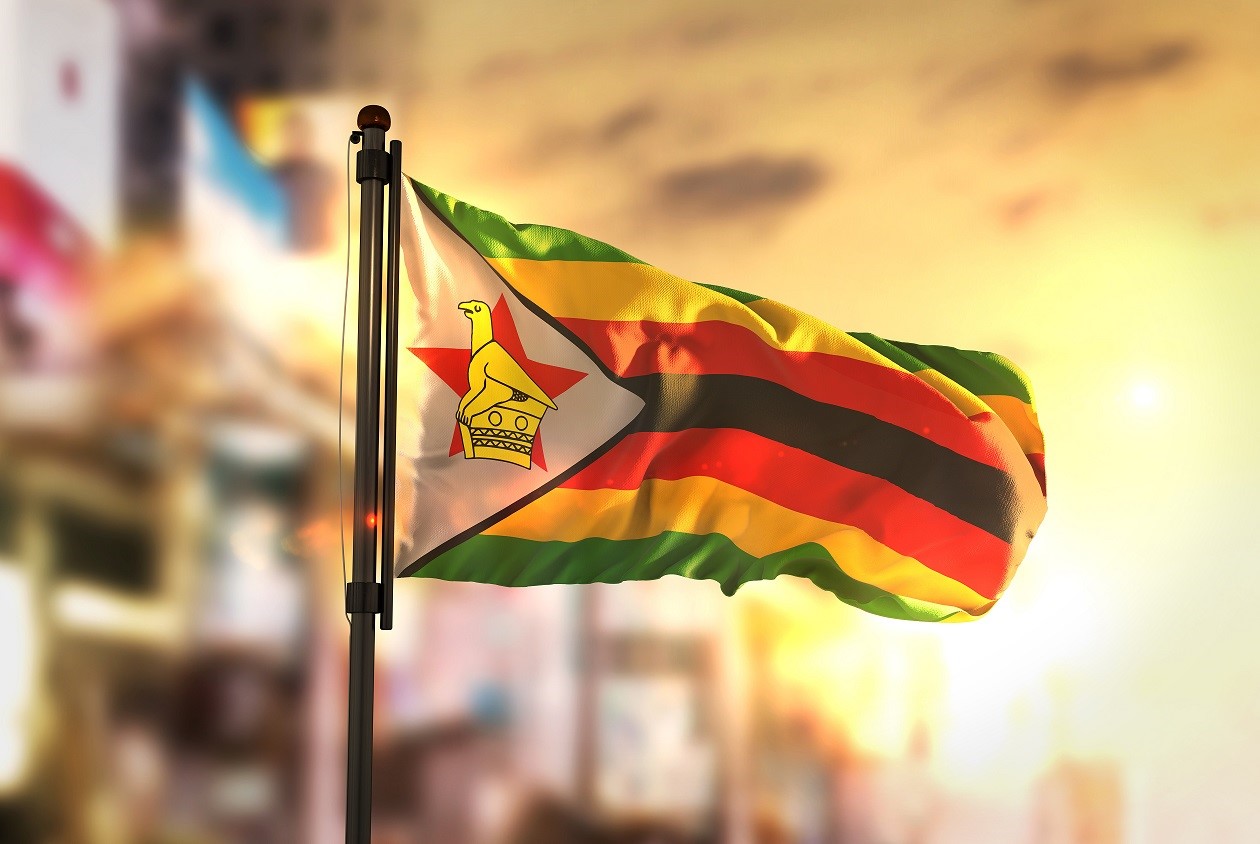
WHERE to for the Zimbabwean and in particular Bulawayo and southern region arts industry?
Is there any industry to talk about anyway and if so defined on what terms and structures? Week in, week out we write we read and we hear philosophical presentations narrating perceptions, opinions and even ideas on the arts in Bulawayo and surrounding regions, but then there appears to be no way out yet.
At times when I write, I even wonder if anyone reads these pieces and opinions.
Nonetheless where there is a will there is a way – and make no mistake about it the hunger and craving for success by artists from various genrés in the region is there for everyone to witness.
To start with we need to understand that the arts industry’s success and failure is driven by consumption. There is need for a sustainable market for the arts. We sing songs so that they can be listened to, royalties paid and CDs bought.
We write, direct and present plays and films so that they can be watched by an audience that directly or indirectly pays for them.
We organise shows and festivals so that people can come and consume our creativity and pay for it in return.
That is the basic explanation of a successful industry. I always liken a viable artist and his work to staple foods like bread, cooking oil and mealie meal.
- Chamisa under fire over US$120K donation
- Mavhunga puts DeMbare into Chibuku quarterfinals
- Pension funds bet on Cabora Bassa oilfields
- Councils defy govt fire tender directive
Keep Reading
Every family and individual in Zimbabwe works hard to make sure these basics are always there in their homes. As such it’s going to take ages before the producers of bread and cooking oil become worried about consumption of their products. When your work becomes a part of basics for your fans, then you are in the right direction.
The reason why we have all these squabbles and counter accusations, denials and philosophies about the arts industry is because there is less consumption of the products artists produce. I do not believe there is less love for it and the artistes themselves though. I know a lot of people who love Siyaya, who adore Jeys Marabini, Sandra Ndebele, Iyasa, Lovemore Majaivana and Albert Nyathi, among many artistes.
Our local artists do have a following and some of them have huge fan bases. The problem however, is that most of these people do not convert their love for these artists to actual buying of their products or attending their shows.
People would rather stampede for a free T-shirt, CDs or ticket from local artistes than pay for them.
Most people will stay up late the whole night to watch these groups for free on television when they play live at galas and award ceremonies. I remember a year or two ago the White City Stadium was filled to capacity when one of the national galas invaded.
Entry was free and the gala had been so well advertised on TV, radio and press. We also hear them complain if artists lined up at events do not feature “enough” artists from their region. They vent their anger on social media and the press.
They even send compliments and praises for the same artistes when they represent Zimbabwe at different cultural venues worldwide.
My verdict therefore is that the people of the south do love and adore their artistes, but then what is wrong?
The pursuit for a solution to this mystery should not stop until we find answers. People of the south are not all friends, neighbours and relatives who deliberately decide and agree to boycott buying products from local artistes or attend their shows.
Neither did they call each other and unanimously vote to invade Oskido’s Kalawa homecoming show in December last year. In contrast of those two situations lies the answers to the success and rebuilding of a market for the arts in Bulawayo and surrounding regions.
I can only speculate and present yet another philosophy to the complication. The more music is played on readily reachable means like local radio stations and television the more people would get to know about it and start to appreciate it.
Bulawayo artistes may sing as well as a choir of nightingales, but as long as there is stunted airplay of their music then those songs will never be heard and will never attract a market and audiences for them.
I do not know why the music is not played enough or at all but I know this is one huge reason why the music fan base for the local artistes is not growing.
Music is like fashion. It’s trendy. When the whole world started colour-blocking Zimbabwe let alone Bulawayo was not left behind.
It was very contagious. When we were surrounded by SABC because most people were boycotting ZTV every suburb was infested with satellite dishes that mushroomed all over. No sooner did that happen we talked more of soapies like Generations rather than Studio 263 and Amakorokoza.
We adored South African Music Awards more than National Arts Merit Awards and we had an influx of South African artistes, actors and musicians making money and a lot of it in Zimbabwe. Look and learn because there lies all our answers. Keep walking.
Follow me on twitter @NkueInnoeDube










